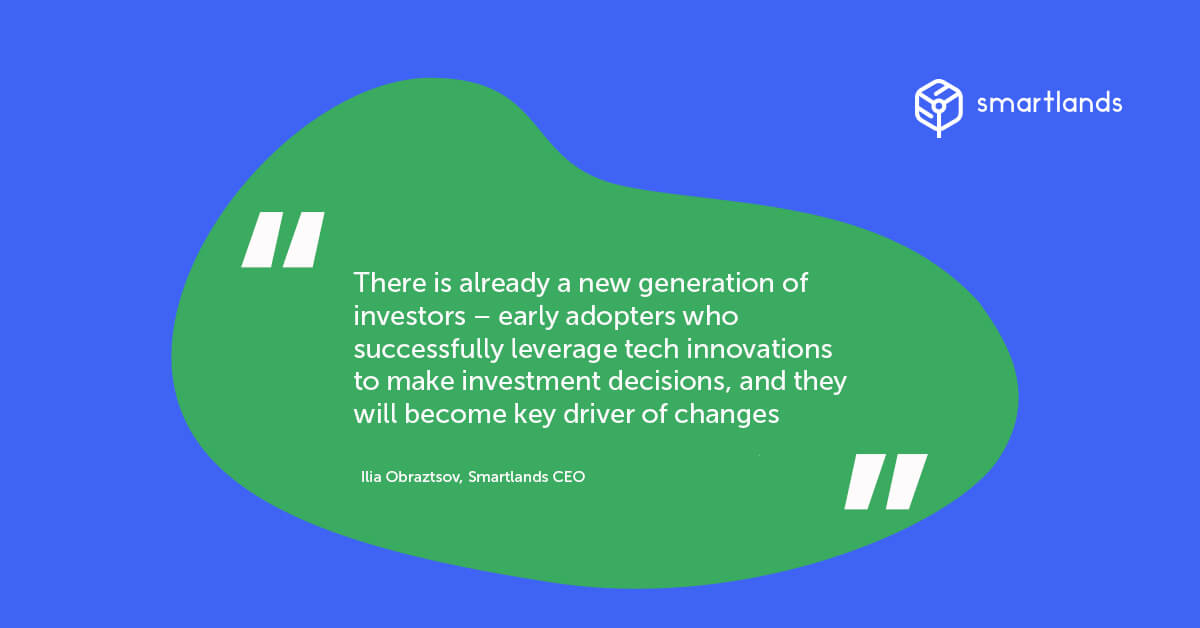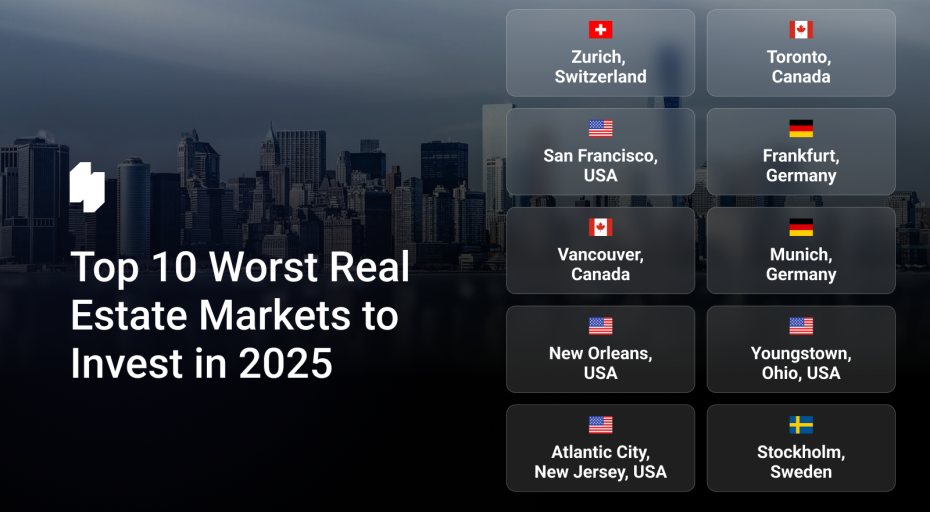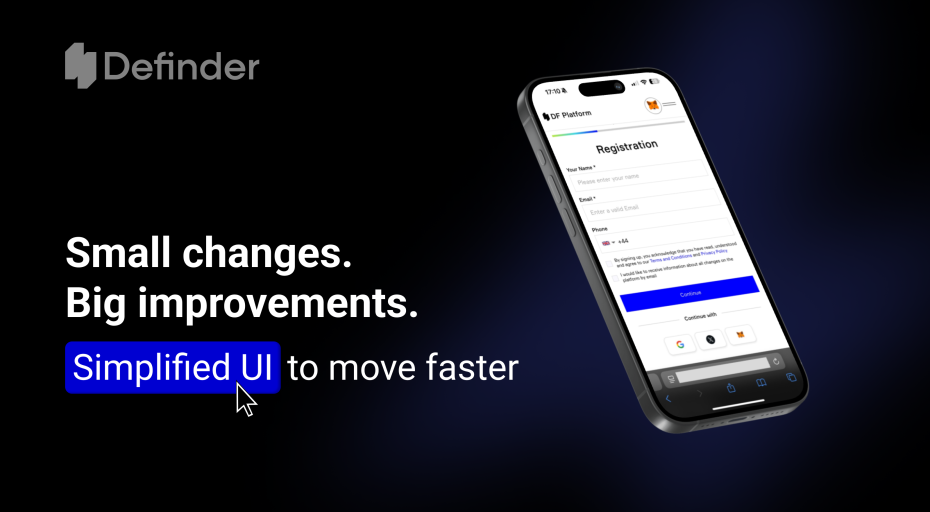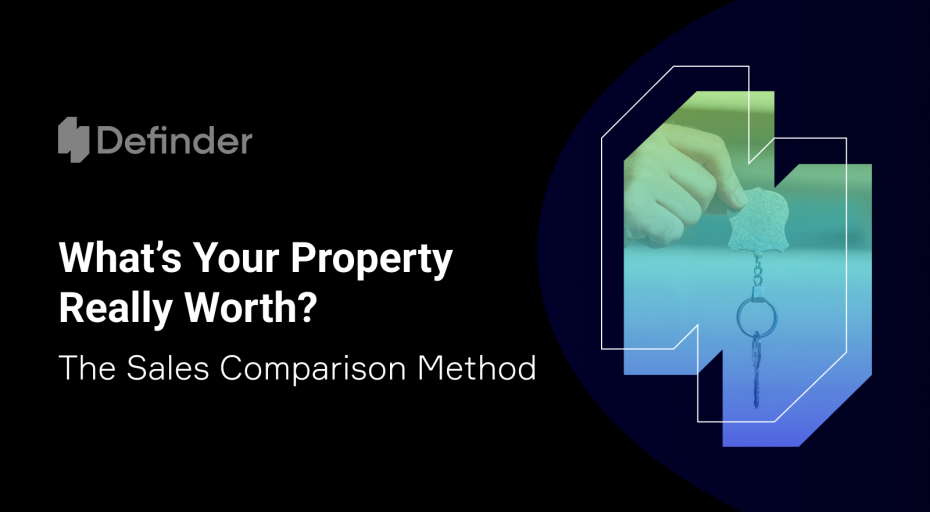Report: Asset Tokenisation is the Future of Real Estate
One sentiment shared throughout the blockchain space by virtually all participants is the concern over the prevalent uninformedness of would-be investors, issuers of equity, and potential backers of blockchain-based projects. After almost four hundred years of paper ledgers dominating the investing world and three decades of the Internet, even a most prominent mind struggles to grasp the fact that there’s an even better system out there, one that makes things faster, easier, cheaper.
A paper released on Jan 22 by the Oxford Future of Real Estate Initiative at Saïd Business School, University of Oxford in collaboration with Bryan Cave Leighton Paisner, CBRE and EY is yet another excellent effort to bridge the educational gap between technologists and the investing public. The paper provides a thorough consumer-level analysis of the “true potential of tokenisation and its likely impact on the real estate industry” and is titled Tokenisation: the future of real estate investment?
The purpose of the paper is to “objectively examine the mechanisms now available to tokenise real asset ownership and to create active secondary markets in tokenised or fractionalised units.”
The document describes “asset tokenisation” as a way of “issuing equity and transferring value using tokenised shares of real assets made possible by the blockchain technology.” Yaroslava Tkalich, Smartlands CMO, comments: “We’re excited to see asset tokenisation gaining traction and becoming such a hot topic in academia. The technical ability to crowdfund investments in real estate using blockchain-based digital securities gives entrepreneurs across the world a compelling reason to explore tokenisation. We’re glad that more and more respectable and credible researchers are getting on message.”
Ilia Obraztsov, CEO of Smartlands, comments on the report: “Mass adoption of new technologies doesn’t happen overnight. A decade ago everyone was used to writing cheques, now this payment method is becoming extinct accounting for only 1% of transactions in the UK. Electronic payments are simply faster and more convenient, but it took years to develop the technology, infrastructure, build trust, and lead the consumers to go mobile. Today it’s a visionary, relatively young technology. It has many exciting applications within the real economy and finance, and real estate is where it can truly show its beauty at work. Just imagine: one of the most illiquid assets out there is turned into a tradable security; no more paper records, all transactions are instant and recorded into an immutable smart contract with a timestamp; automated compliance, more cost-effective investing and reduced fees thanks to removal of some of the middlemen and a more efficient back-office; enhanced liquidity coming from a greater number of investors on the market…The list can go long.
Here’s where fractionalisation of single assets wins. In the case of a tokenised fund, there are management fees which are then reflected in the fees paid by investors, while for a single property it’s not the case. Next, raising funds through tokenisation is a mode of crowdfunding which has a regulated limit. In Europe, if the funding target exceeds €8,000,000 (which is likely the case for a fund, not a single property) a prospectus needs to be filed, which again results in more operational expenses, hence higher fees for investors.
The report aptly notes that there needs to be an expressed demand. However, there is already a new generation of investors – early adopters who successfully leverage tech innovations to make investment decisions and they will become the key driver of changes. Millennials and Gen Z are tech natives, and we believe that they would love to choose on their own discretion from a menu of different assets in the app on their smartphone. While much still needs to be done in terms of regulations and infrastructure development, it’s important to remember: we’ve seen a hundred times how technology revolutionised industries. And now blockchain is the next big disruptor.”






